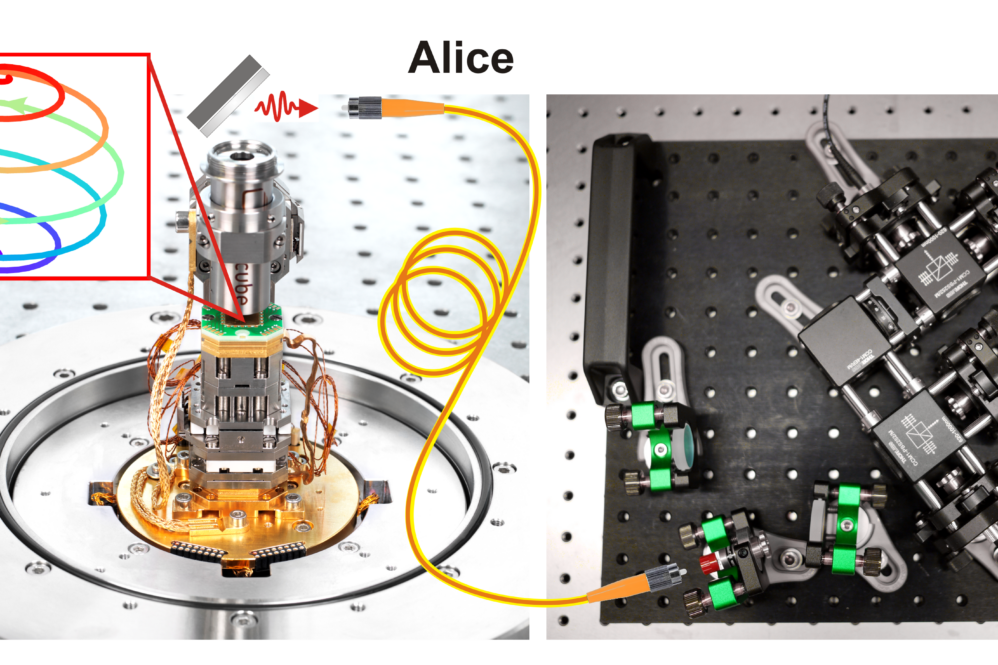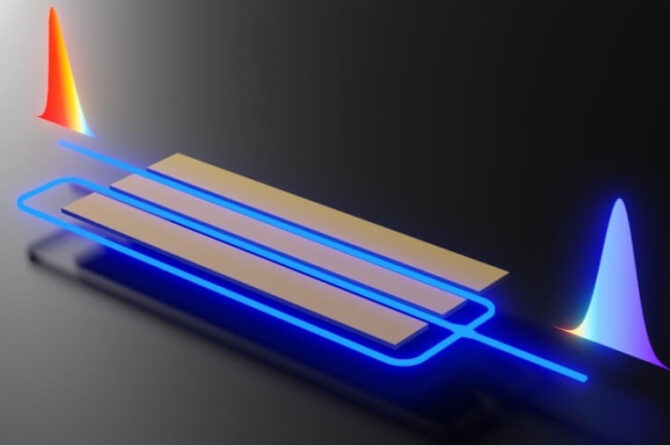Researchers from German universities (University of Münster) have proposed a novel method for preparing quantum systems to generate single photons, a crucial component for quantum communication technology. This development is part of the ongoing “second quantum revolution,” which follows the first revolution that gave us technologies like lasers and atomic clocks.
The study, published in PRX Quantum, focuses on quantum dots – tiny semiconductor structures just nanometers in size that can be controlled using laser pulses. While quantum dots are already effective at generating single photons in laboratory settings, transitioning this technology to practical applications faces several challenges.
A key innovation in their research is a new “swing-up process” that addresses the difficulty of separating generated single photons from the exciting laser pulse. This process uses two laser pulses that emit almost simultaneously but at frequencies significantly different from those in the quantum system. During each modulation cycle, particles are excited incrementally, briefly dipping toward their ground state before being excited to a higher level in the next cycle, eventually reaching maximum excitation.
The primary advantage of this method is that the laser light operates at a different frequency than the light emitted by the excited particles. This frequency difference makes it much easier to identify and isolate photons generated by the quantum dot through spectral filtering.
The research team conducted numerical simulations to demonstrate that photons generated through this new swing-up process maintain quality comparable to those produced by established methods, while offering more practical implementation potential. The simulations also helped explain the underlying physics of the swing-up process, providing deeper insight into quantum system dynamics.
A significant consideration in quantum communication is the need for photons to possess specific properties while remaining resistant to environmental interference. This is particularly challenging in quantum dots due to interactions with surrounding semiconductor material. The team’s simulations suggest their method addresses these concerns effectively.
While the study is theoretical, the collaboration between theoretical and experimental research groups ensured that the proposed method aligns closely with realistic laboratory conditions. The researchers are optimistic about the potential for experimental implementation in the near future.
This work represents a significant step toward developing practical quantum technologies, particularly in quantum communication where information is encoded and transmitted using light. By addressing key challenges in single photon generation and isolation, the research contributes to bridging the gap between laboratory demonstrations and real-world applications of quantum communication systems.
Reference: Thomas K. Bracht, Michael Cosacchi, Tim Seidelmann, Moritz Cygorek, Alexei Vagov, V. Martin Axt, Tobias Heindel, Doris E. Reiter. Swing-Up of Quantum Emitter Population Using Detuned Pulses. PRX Quantum, 2021; 2 (4) DOI: 10.1103/PRXQuantum.2.040354


